Jeans are a wardrobe staple for everyone. From high-end designer brands to fast fashion, jeans come in all shapes, sizes, and price ranges.
But have you ever wondered how much actually goes into the making of a pair of jeans? In this blog, we will take a deep dive into the world of denim and explore the factors that influence the cost of jeans. We will break down the production process step-by-step, from choosing materials to marketing and retail markups.
We’ll also discuss pricing strategies and variations across different brands and retailers. Whether you’re a consumer looking to make an informed purchase or someone interested in the economics behind clothing production, keep reading to learn everything you need to know about the cost of jeans.
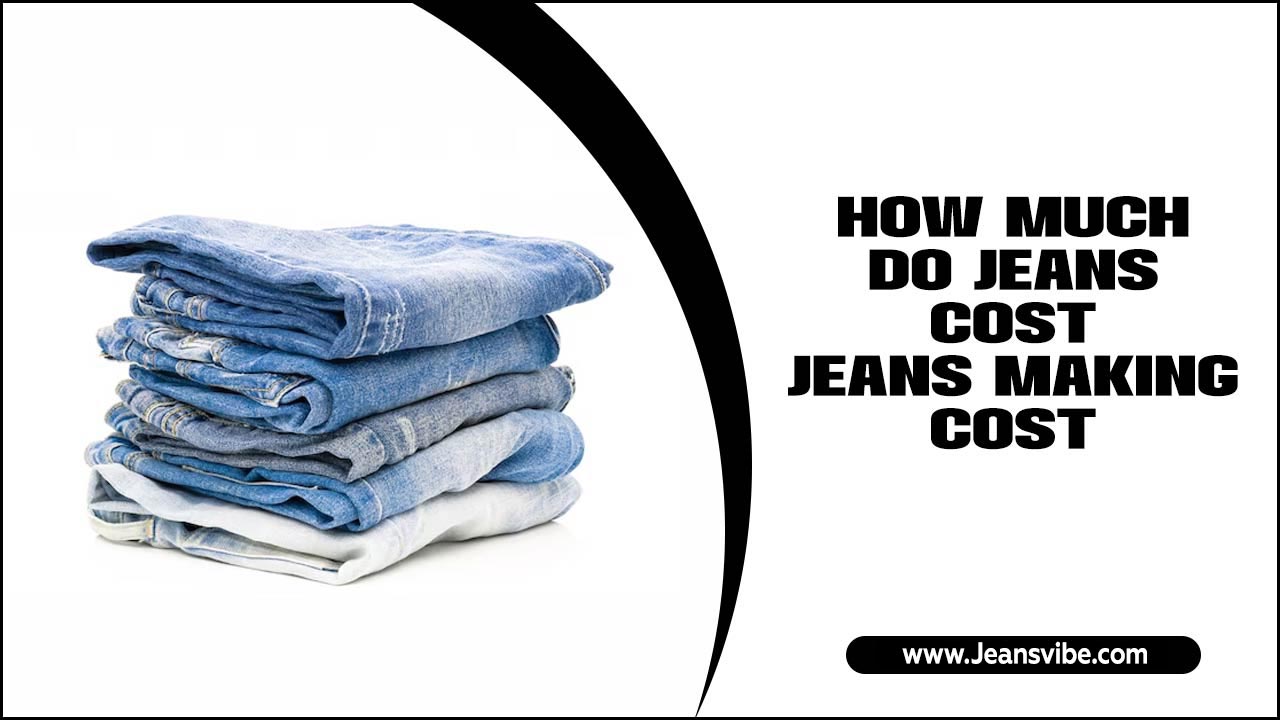
About The Cost Of Jeans
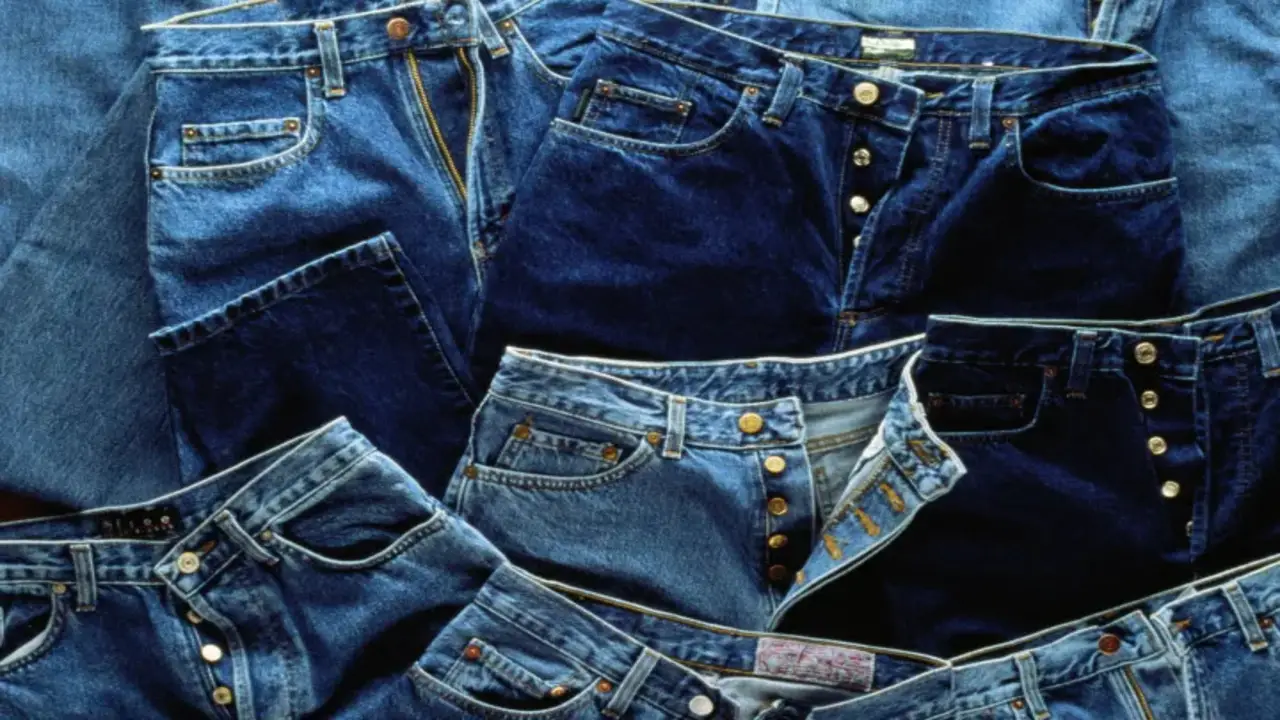
When it comes to the cost of jeans, there are several factors that can influence the price. The type and quality of materials used, the brand, and any additional features or details all play a role in determining the cost. On average, a pair of jeans can range from $20 to $200 or more.
Keep in mind that designer brands tend to be on the higher end of the price spectrum, as they often use premium materials and have a reputation for quality. Additionally, custom-made or tailored jeans may also come with a higher price tag due to the personalized fit and craftsmanship involved. Ultimately, the cost of jeans can vary greatly depending on your preferences and budget.
Factors Affecting The Cost Of Jeans
The cost of jeans can vary depending on a variety of factors. One of the main factors that affects the cost of jeans is the quality of the materials used. Higher-quality denim and other materials will generally result in a higher price tag.
The brand name and reputation of the manufacturer can also impact the cost, as more well-known brands often come with a higher price point. Additionally, the manufacturing process can affect the cost, with jeans that are made using more intricate techniques or have unique design details often being more expensive.
Finally, factors such as supply and demand, location, and retailer markups can also influence the price of jeans. It’s important to keep in mind that while price can be an indicator of quality, it’s not always the case, so it’s important to consider all factors when making a purchasing decision.
So, How Much Do Jeans Cost? Jeans Making Cost In Detailed Steps
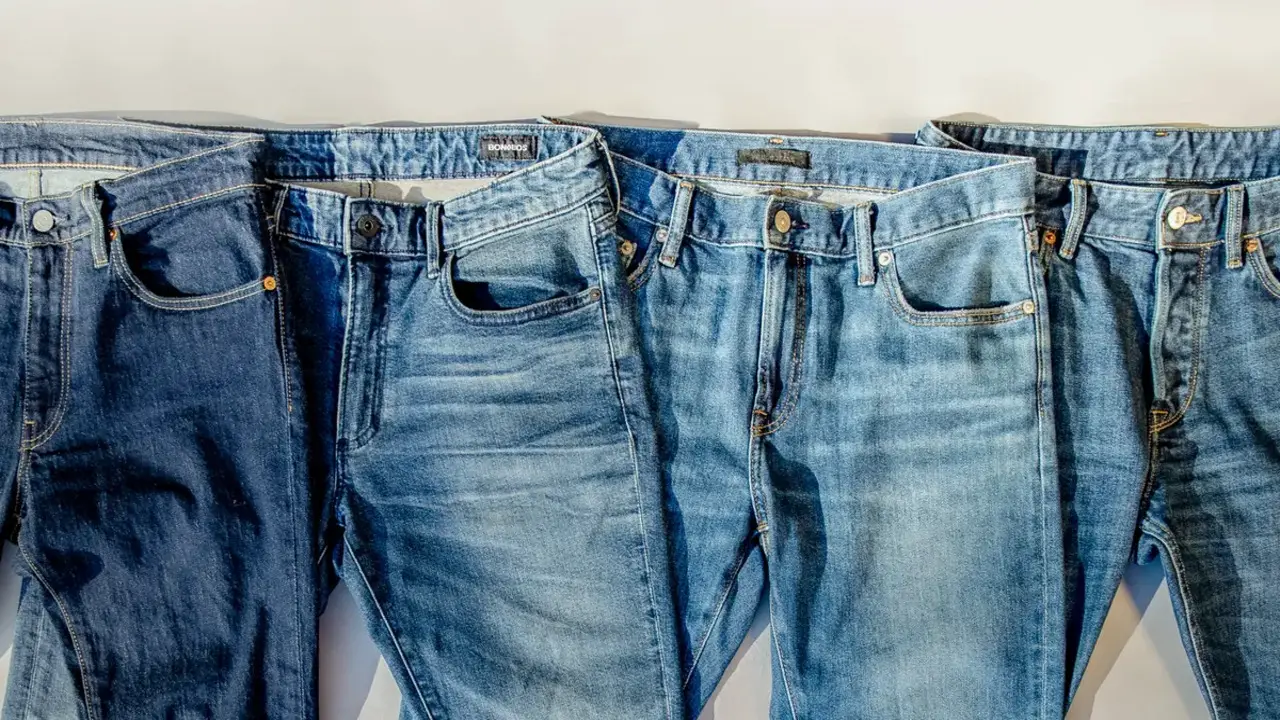
The cost of jeans is a topic of interest for consumers and manufacturers alike. Understanding the factors contributing to the final price of a pair of jeans requires a detailed analysis of the various steps involved in the production process.
From sourcing raw materials to the final finishing touches, each stage incurs costs that ultimately determine the retail price. Here we are discussing in detail how much do jeans cost? jeans making cost.
Materials And Fabric Choices
When it comes to the cost of jeans, one of the major factors to consider is the materials and fabric choices. The type of denim used can greatly affect the price of jeans. Premium denim, for example, is often made from high-quality materials and is known for its durability and comfort. This can result in a higher price tag compared to jeans made from lower quality or synthetic fabrics.
In addition to the denim itself, other materials such as buttons, zippers, and threads can also contribute to the overall cost. Higher-quality materials may be more expensive but can result in a better-fitting and longer-lasting pair of jeans. Ultimately, the cost of jeans will depend on various factors including brand reputation, design details, and manufacturing processes.
Manufacturing Process And Labour Costs
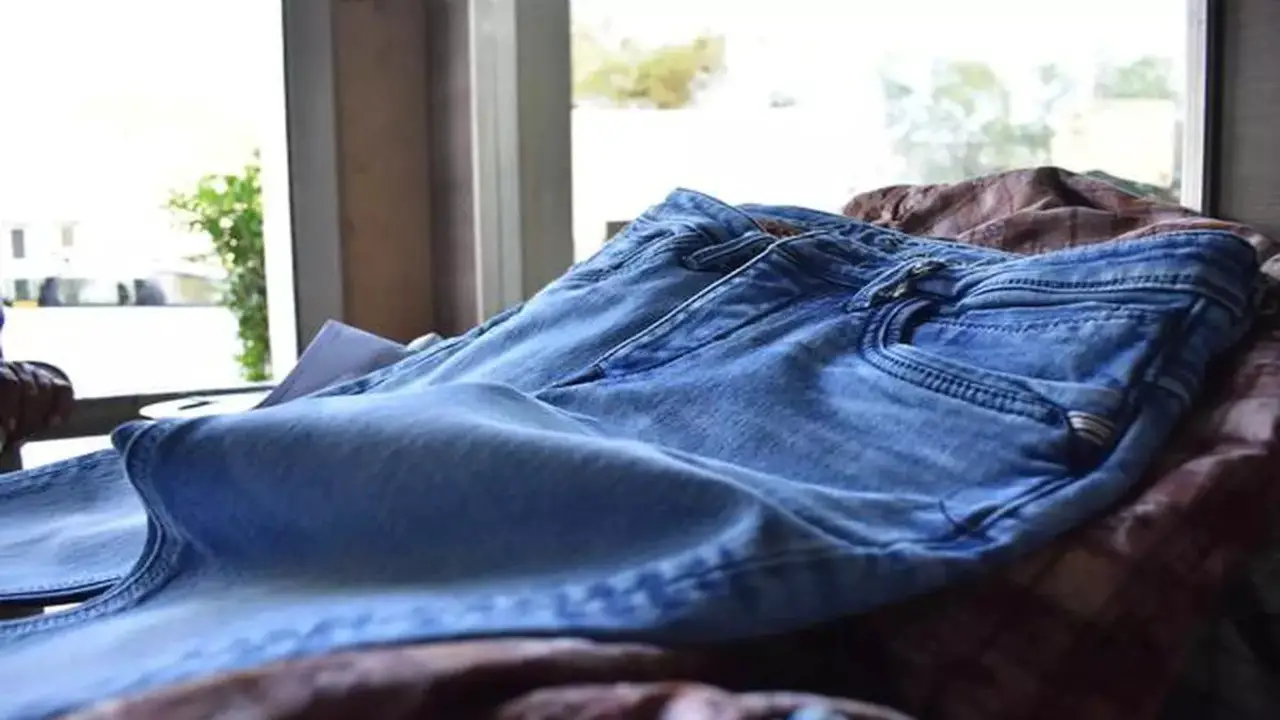
The cost of jeans can vary depending on several factors, including the manufacturing process and labour costs involved in their production. The manufacturing process for jeans typically involves cutting, sewing, washing, and finishing. Each step requires skilled labour and specialized machinery, which can contribute to the overall cost of the jeans.
Additionally, the cost of materials, such as denim fabric and hardware (buttons, zippers), also factors into the final price. Labour costs can vary depending on the location of the manufacturing facility and the skill level of the workers.
For example, jeans made in countries with lower labour costs may be less expensive than those made in countries with higher labour costs. It’s important to note that while there are budget-friendly options available, high-end designer jeans can come with a higher price tag due to factors like brand reputation and exclusivity.
Branding And Marketing Expenses
When the cost of jeans, there are several factors that contribute to the final price tag. One significant aspect is branding and marketing expenses. Well-known brands invest a significant amount of money in building their brand image, advertising campaigns, and marketing efforts. These costs are then factored into the retail price of the jeans.
Additionally, premium denim brands often use high-quality materials and employ skilled craftsmanship in their production process, which can also drive up the cost. On the other hand, more budget-friendly options may have lower branding and marketing expenses, resulting in a lower price point. Ultimately, consumers can expect to pay varying prices for jeans based on the brand’s reputation and marketing strategies.
Retail Markups And Profit Margins
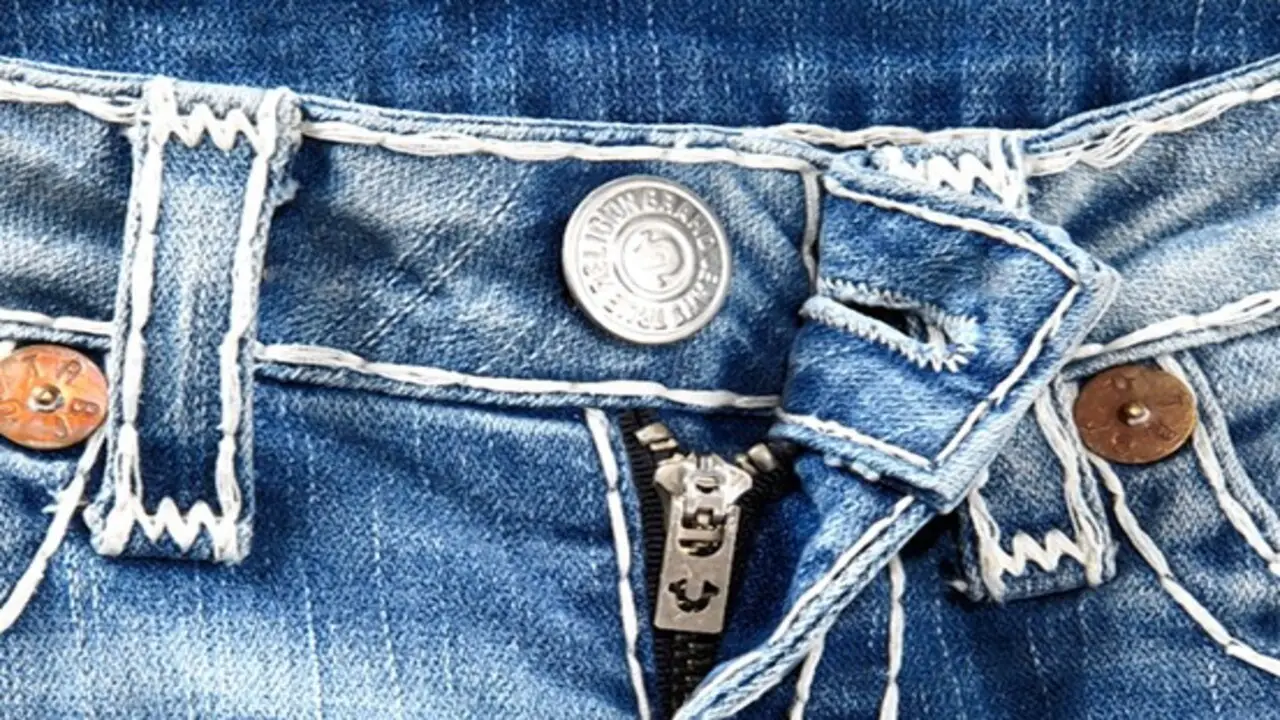
When it comes to jeans, the cost can vary greatly depending on several factors. One important consideration is the retail markup. Retailers often mark up the price of jeans in order to cover their operating expenses and make a profit. This markup can range anywhere from 50% to 100% or more. Additionally, the cost of making jeans also plays a role in determining their price.
The manufacturing process involves various steps such as sourcing materials, cutting and sewing, washing and finishing, and quality control. Each of these steps incurs costs that contribute to the final price of the jeans. Overall, while there are many factors that influence the cost of jeans, understanding retail markups and production costs can provide insight into why prices may vary across different brands and retailers.
Pricing Strategies In The Jeans Industry
Pricing strategies play a crucial role in the jeans industry. Companies must carefully consider factors such as production costs, brand image, target market, and competition when determining the price of their jeans. Some brands may choose to position themselves as high-end and charge premium prices for their denim, while others may focus on affordability and offer budget-friendly options.
Additionally, promotional activities like sales and discounts can also influence pricing decisions. Ultimately, finding the right balance between cost and perceived value is key to attracting customers and maintaining profitability in the competitive jeans market.
Price Variations Across Different Brands And Retailers
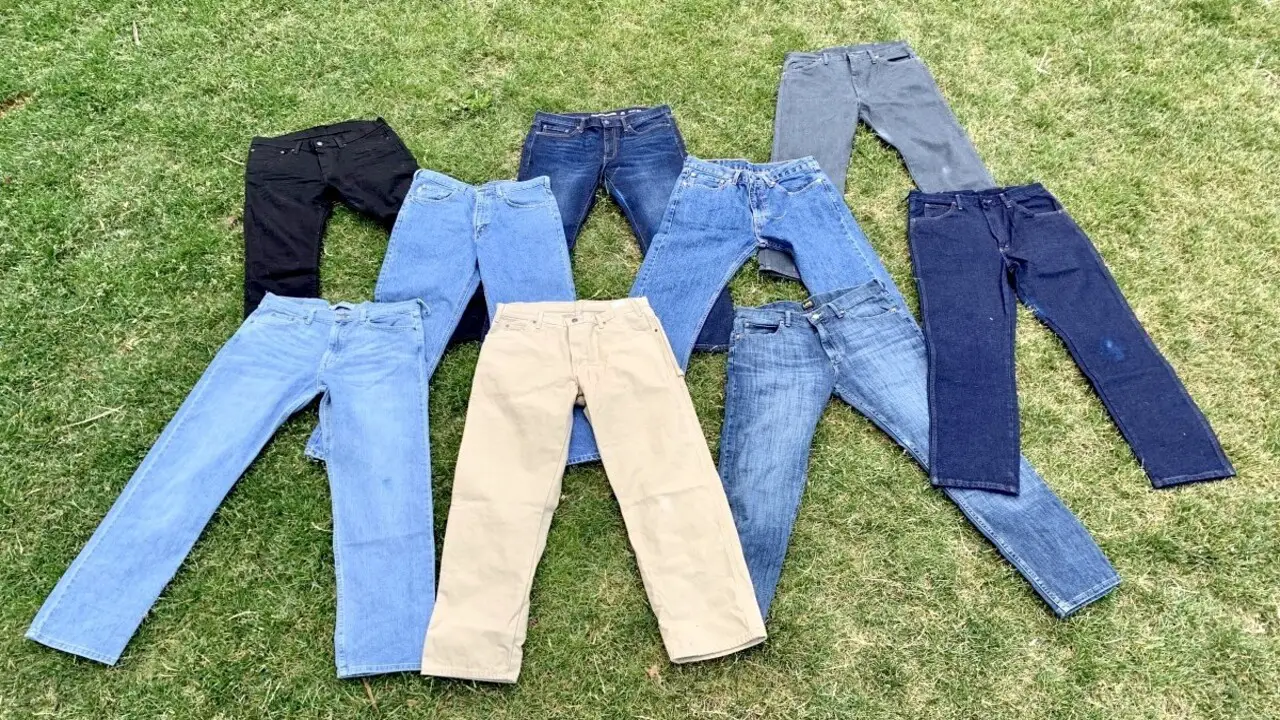
The cost of jeans can vary significantly depending on the brand and retailer. High-end designer jeans can cost several hundred dollars, while more affordable options can be found for under $50. The price of jeans is influenced by factors such as the quality of materials, the brand’s reputation, and any special features or embellishments.
Additionally, retailers may also play a role in determining the price of jeans, with some offering discounts or promotions that can lower the cost. It’s important to shop around and compare prices to find the best deal on your desired style of jeans.
Factors To Consider When Determining The Value Of Jeans
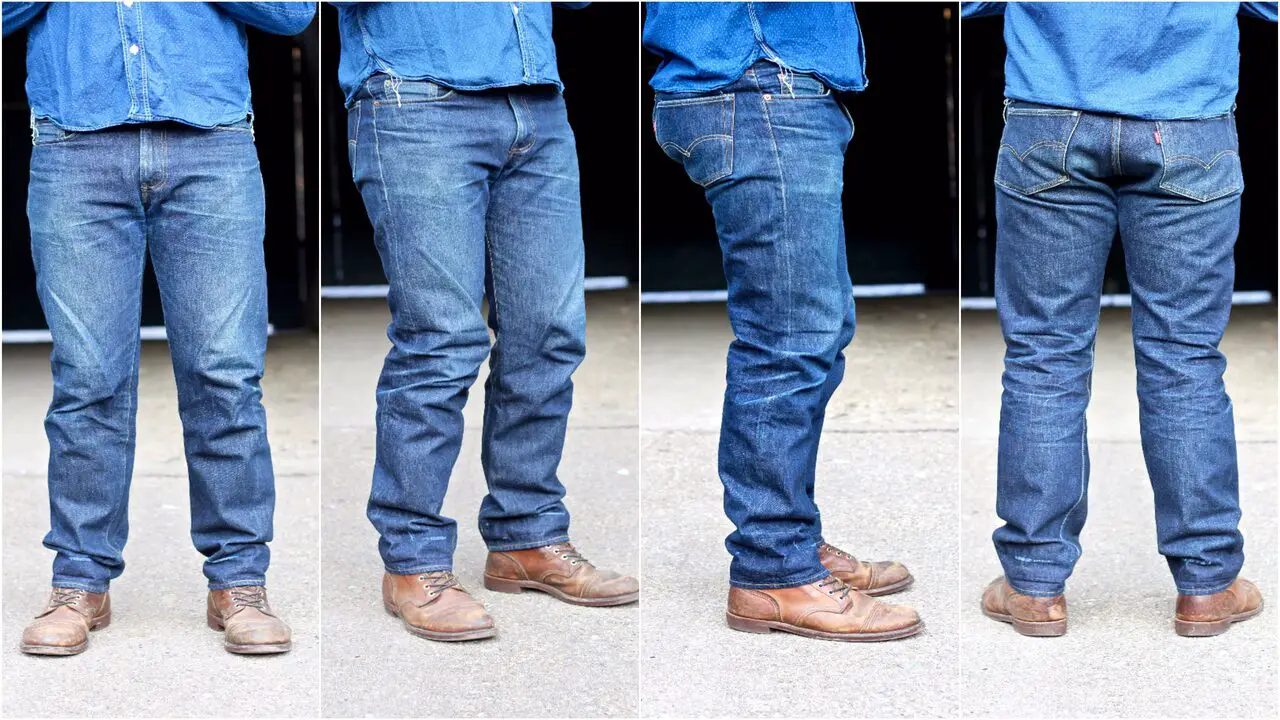
When determining the value of jeans, there are several factors to consider. These factors can vary depending on the brand, style, and quality of the jeans. Here are some key factors to keep in mind:
- Brand Reputation: Jeans from well-known and reputable brands tend to have higher price points due to their established reputation for quality and style.
- Material: The type of fabric used in the jeans can impact their cost. Premium denim made from high-quality materials will generally be more expensive than lower-quality denim.
- Construction: The construction of the jeans, including details such as stitching and hardware, can affect their price. Jeans with intricate details or unique design elements may come at a higher cost.
- Fit And Style: Different fits and styles of jeans cater to different preferences and body types. Specialty fits or trendy styles may be priced higher due to their uniqueness or popularity.
- Production Process: The way in which jeans are made can also influence their cost. Factors such as ethical sourcing and sustainable manufacturing practices may contribute to a higher price tag.
It is important to note that these factors can vary greatly, and ultimately, the value of jeans is subjective. It is crucial to find a balance between quality, style, and affordability when determining the worth of a pair of jeans that fits your personal preferences and budget.
Conclusion
The cost of jeans varies depending on various factors such as materials, manufacturing processes, branding, marketing, and retail markups. Different brands and retailers have their pricing strategies, which also contribute to the variation in prices.
It is important to consider the value and quality of the jeans when determining their worth. Remember that higher-priced jeans may not always guarantee better quality or fit. Ultimately, the decision of how much to spend on jeans depends on your personal preferences, budget, and the value you place on the garment.
So, next time you shop for jeans, take into account these factors and make a purchase that aligns with your needs and budget. We hope you understand how much do jeans cost? jeans making cost.
Frequently Asked Questions
1.What Is The Cost Of Making A Pair Of Jeans?
Ans: The cost of making a pair of jeans varies based on factors like material quality and production location. On average, it can range from $10 to $50. Lower labor costs in certain countries can significantly reduce overall production expenses. However, retail prices often have significant markups, so the cost of production may not reflect the selling price.
2.How Much Does It Cost To Make 1 Pair Of Jeans?
Ans: The cost of producing one pair of jeans can vary based on factors like the quality of denim, labor expenses, and production location. On average, it usually costs around $10-$30 to make a pair of jeans. However, high-end designer jeans can cost over $100 to produce due to premium materials and skilled labor. Retail prices for jeans may not directly reflect the cost of production.
3.How Much Does It Cost To Manufacture Levi’s Jeans?
Ans: The manufacturing cost of Levi’s jeans can vary depending on factors like materials and production location. On average, it ranges from $15 to $30 per pair. Other costs, such as marketing, shipping, and distribution, also influence the final retail price. Brand reputation and demand further impact the pricing.
4.How Much Denim Does It Take To Make Jeans?
Ans: It typically requires approximately 2-3 yards of denim to create a single pair of jeans. The exact amount can vary based on the style and size of the jeans, as well as the production process used by manufacturers. Furthermore, the cost of the denim utilized can impact the overall pricing of the jeans.
5.How Much Does It Cost To Make A Pair Of Jeans?
Ans: The cost of making a pair of jeans can vary based on factors like fabric quality, labor costs, and production volume. On average, it can cost around $15 to $50 to make a pair of jeans, but high-end designer jeans can cost over $200 to produce.
